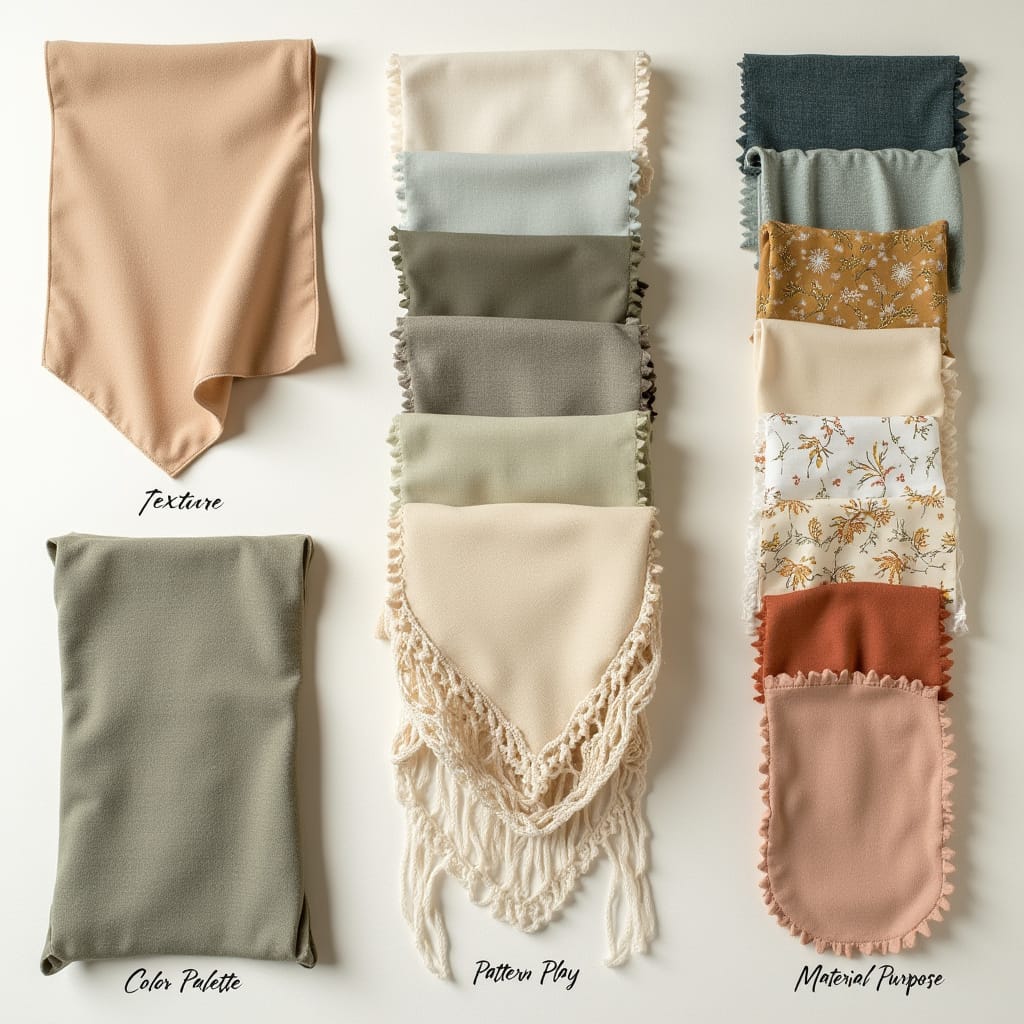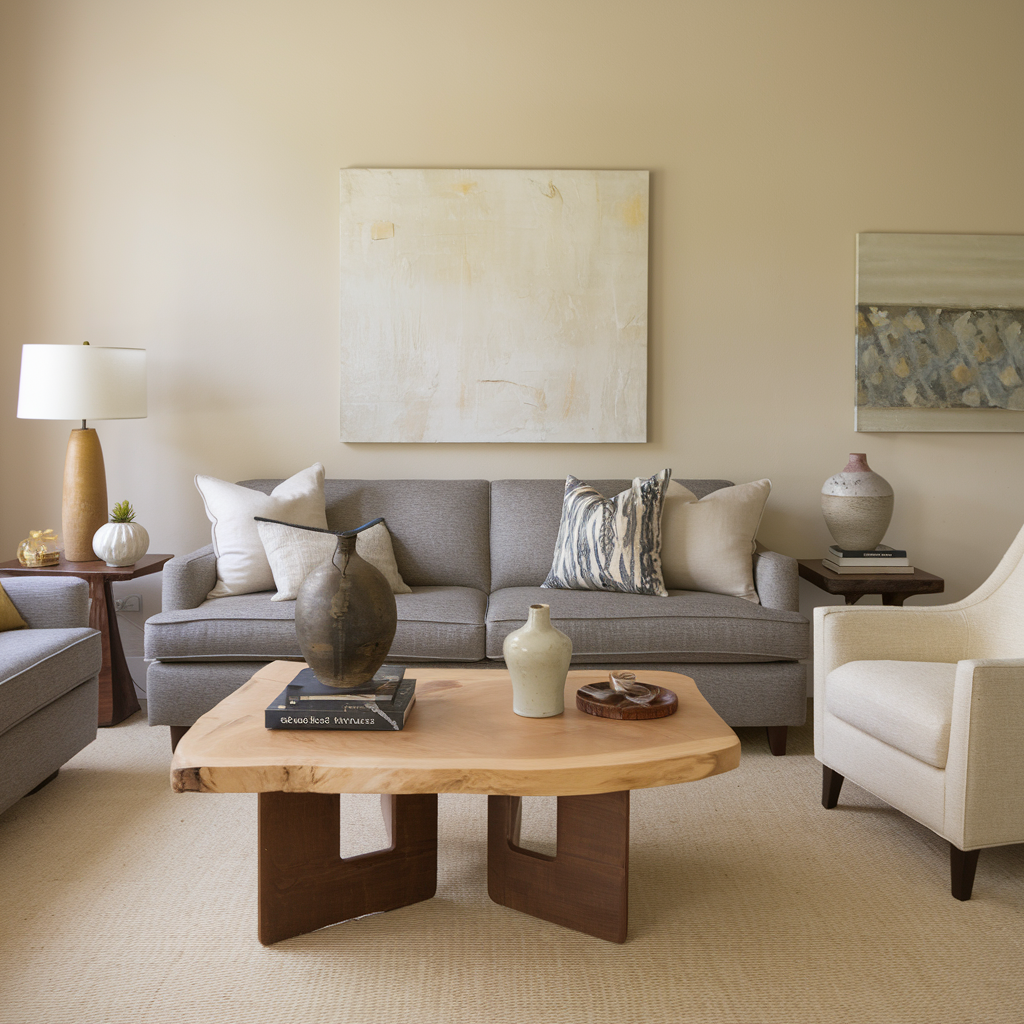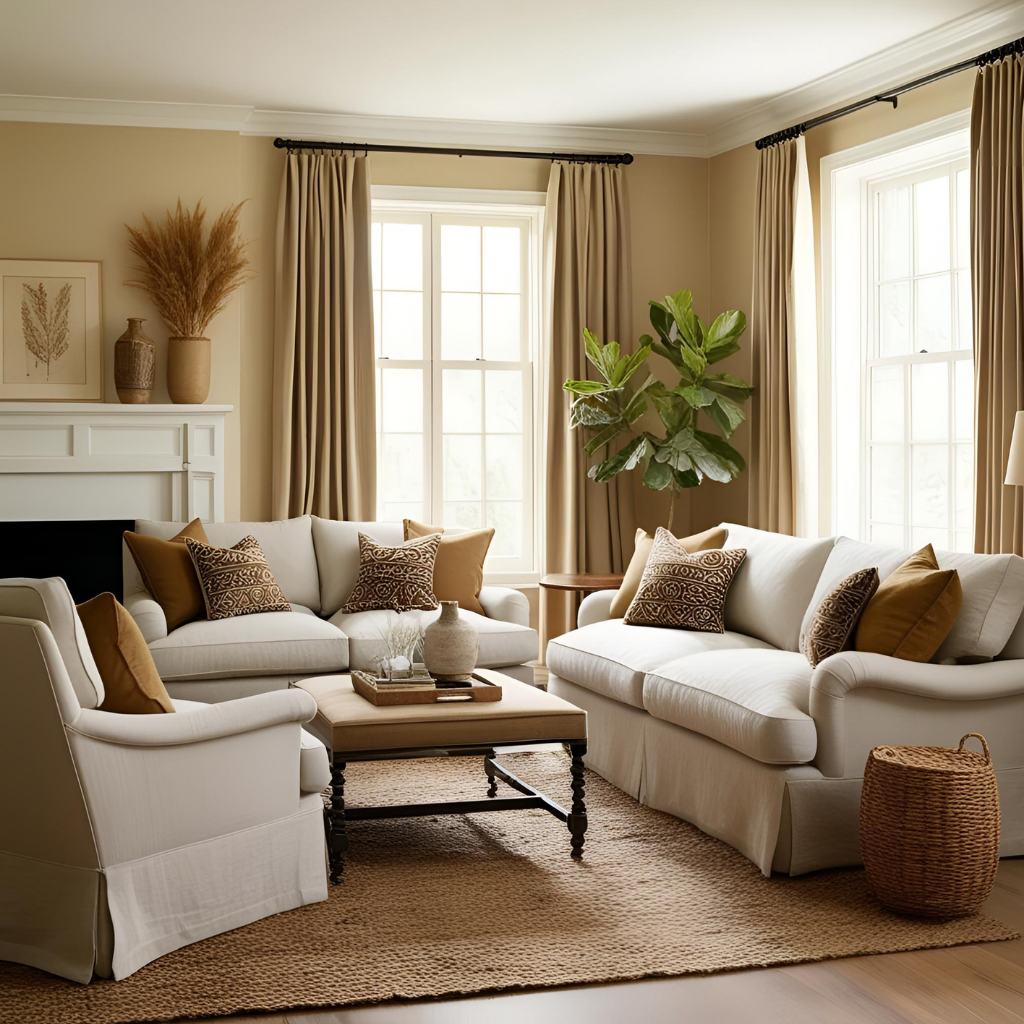When it comes to designing or decorating your home, fabric plays a massive role in setting the tone. From upholstery to curtains to accent pillows, the textiles you choose can elevate your space—or totally clash with your vibe. That’s where fabric grouping comes in. But what exactly is it? And why should you care?
Let’s break it down in a way that actually makes sense.

What Is Fabric Grouping?
In simplest terms, fabric grouping is the art (and science) of organizing fabrics based on characteristics like:
-
Texture
-
Color palette
-
Pattern style
-
Material type
-
Usage purpose (e.g., upholstery vs drapery)
Fabric grouping helps you pull together a cohesive look without your space feeling too “matchy-matchy” or chaotic. Think of it as creating a mood board for your home but with fabrics.
Why Fabric Grouping Matters
So, why bother? Because choosing fabrics at random can lead to a messy, disjointed design. Grouping fabrics ensures your pieces flow—visually and emotionally.
Whether you're going for a serene spa-like bedroom or a bold, eclectic living room, how your fabrics work together sets the tone. Grouping gives your interiors a polished, intentional feel.

The Core Elements of Fabric Grouping
Here’s what to consider when curating your fabric mix:
1. Texture
Texture adds depth. Don’t stick to all smooth or all rough finishes. Instead, mix:
This variation keeps your space interesting and tactile.
2. Color Palette
Start with a dominant color, then add complementary or contrasting tones. You can use tools like a color wheel or Pinterest boards to figure out what clicks. Try:
-
60% neutral base
-
30% secondary shade
-
10% pop of color or metallic
Think of your fabrics like an outfit—they should coordinate without being identical.
3. Pattern Play
Stripes, florals, geometrics—oh my! You can mix patterns, but balance is key:
-
Vary the scale: pair large florals with small checks
-
Limit it to 2–3 main patterns
-
Use solids to give the eye a break
Too many busy patterns can overwhelm the space, but just the right combo creates personality and warmth.
4. Material Purpose
Not all fabrics are created equal. Some look good but wear terribly. Group fabrics by function:
-
High-durability: chenille, microfiber, leather (ideal for kids/pets)
-
Lightweight & flowy: linen, cotton voile (great for curtains)
-
Luxury accents: silk, velvet, suede (think throw pillows or occasional chairs)
Practicality + style = perfection.

How to Create Your Own Fabric Grouping
Here’s a step-by-step approach you can follow:
Step 1: Pick a Lead Fabric
Start with the one fabric you absolutely love—maybe it’s a bold floral or textured neutral. This becomes your anchor.
Step 2: Choose Supporting Fabrics
Select 2–3 complementary fabrics that echo colors or textures in your lead fabric. Don’t copy—echo. Think subtle connections, not exact matches.
Step 3: Think Balance
Aim for diversity: if your lead is loud, go calm with the others. If it’s muted, add some drama elsewhere.
Step 4: Test It Physically
Lay them out together. Touch them. Move them around. Hold them up in different lighting. The best groupings feel harmonious even when they contrast.
Mistakes to Avoid
Let’s keep it real—here’s where most people go wrong:
-
Too many competing patterns: Less is more.
-
Ignoring texture: Flat equals boring.
-
Matching everything: You’re not designing a hotel room circa 1997.
-
Choosing form over function: That gorgeous silk? Probably not great on your dog’s favorite chair.
Design is about balance—not perfection.

Bonus Tips from Designers
Interior pros swear by these tricks:
-
Use mood boards: Digital or physical, they help you stay focused.
-
Shop with swatches: Always compare in-person if you can.
-
Seasonal tweaks: Swap out light fabrics in summer and bring in cozy textures for winter.
Fabric Grouping: Not Just for Pros
The best part? You don’t need to be an interior designer to get this right. With a little planning, a dash of creativity, and some basic know-how, you can make your space look like it came out of a magazine spread.
Whether you're giving your home a full makeover or just switching up the cushions fabric grouping is your secret design weapon.
Final Thought
Choosing the right fabrics isn’t just about looks—it’s about how your home feels. The textures you touch, the colors you see, the harmony in your surroundings—it all matters.
So next time you’re in the home decor aisle, don’t just grab what’s cute. Think group, think balance, and think you.



